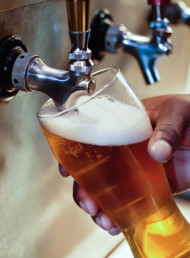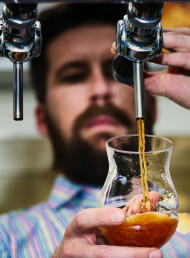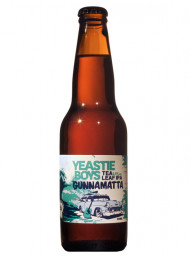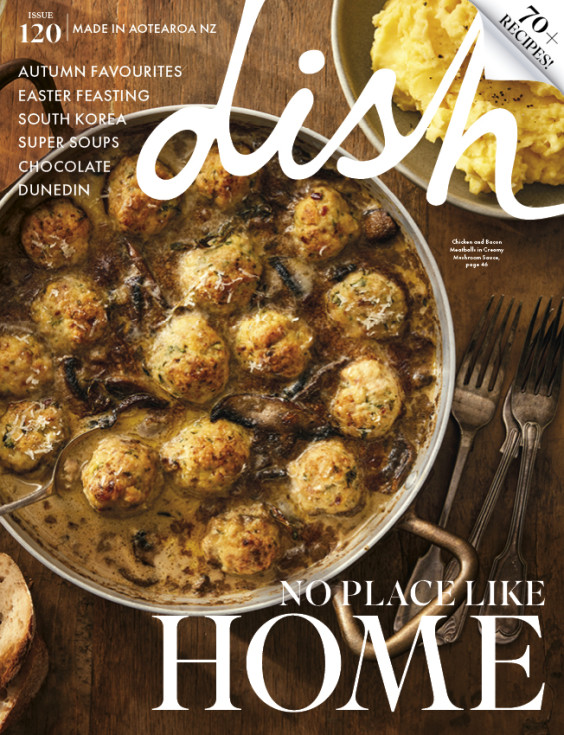How to: match beer and food

Want some tips on which beer to serve with your Asian stir fry or cheese platter? Drinks writer Yvonne Lorkin has some advice
Beers generally fall into two categories: ales and lagers – which are defined by the way they ferment. Ales (Wheat Beer, Pale Ales, Belgian Ales, Strong Ales, Stouts and Porters) use top fermenting yeast, which ferments at high temperatures. Lagers (Pilsner, Amber Lager, Bocks, Dunkels, Helles and Vienna) normally use bottom fermenting yeast, which works in low temperatures, and these beers are also chilled in a ‘lagering phase’ before bottling.
Both types of beer are manipulated with the addition of different malts and hops to create the desired style. For example, to make a pale coloured but full flavoured Pilsner or Pale Ale, a pale or light crystal malt would be used, whereas for a deep, dark coloured, smoky Porter or Stout, ‘roasted’ or ‘black’ malts work best.
Wheat Beers & Belgian Ales
Mains: Light dishes such as sushi or seafood salads, spicy Asian dishes, rich shellfish or pork sausages.
Desserts: Fruity desserts, fresh, poached or baked – also great with citrus sorbet or gelato.
Pilsners & Pale Ales
Mains: Superb with oily fish such as salmon, sardines or tuna, fatty European-style sausages and good old salty fish and chips.
Desserts: Rather lovely with old fashioned puddings, crumbles, fools, fruity cobblers etc
IPAs
Mains: Perfect for strong curries, Asian-inspired dishes and spicy Mexican dishes.
Desserts: Spicy fruitcake and nutty desserts – anything with classic baking spices as an ingredient.
Strong Ales & Strong Lagers
Mains: Brilliant with roast meat, steak, slow-cooked game, spicy grilled lamb or chicken dishes.
Desserts: Anything caramel or toffee-inspired will work beautifully.
Porters & Stouts
Mains: Great with chargrilled or smoked meats, Cajun-inspired recipes and slow-cooked, meaty stews and soups.
Desserts: These beers love coffee and chocolate-based desserts, aged cheeses and anything nutty, such as walnut, coconut, toasted almonds etc.
Say Cheese…
I think beer works better with cheese than wine, as the acidity in wine can make successful pairing tricky. As a rule, the less bitter the beer the softer the cheeses can be, while if the beer is bitter and strong, opt for harder and saltier cheeses.
latest issue:
Issue #120
As the days become shorter, and the nights cooler, the latest issue is perfectly timed to deliver delicious autumn dishes. From recipes using fresh seasonal produce such as feijoas and apples, to spectacular soothing soups and super-quick after-work meals in our Food Fast section, we’ve got you covered. With Easter on the horizon, we feature recipes that will see you through breakfast, lunch and dinner over a leisurely weekend holiday, and whip up chocolatey baking treats sure to please. We round up delicious dinners for two and showcase a hot new Korean cookbook before heading south to Dunedin to check out all that’s new in food and dining.The latest issue of dish is on sale NOW at all good bookstores and supermarkets – don’t miss it!





